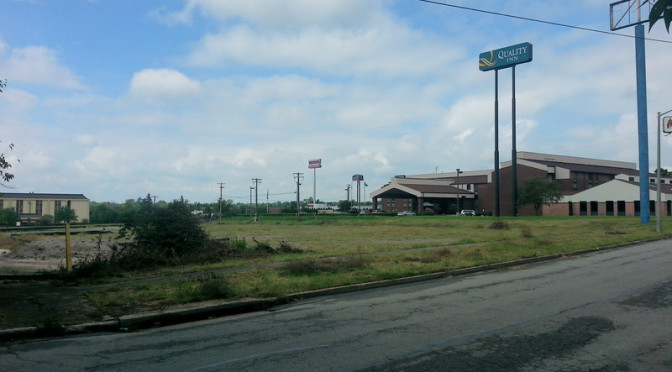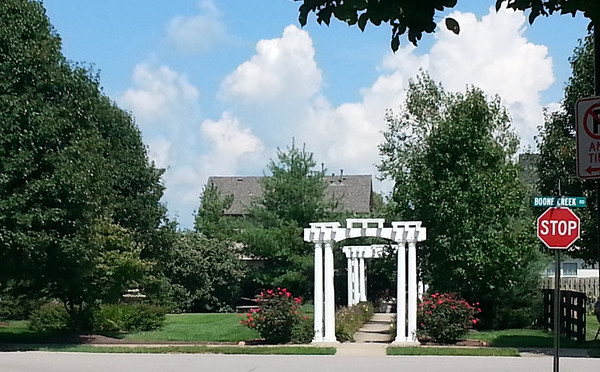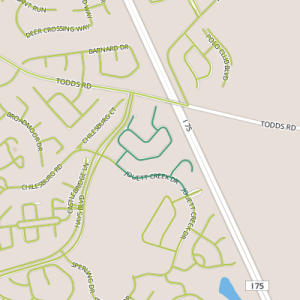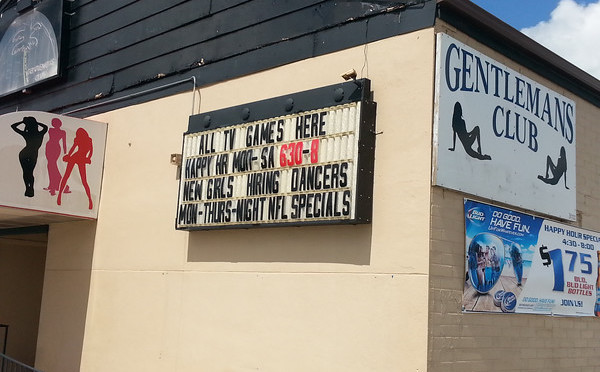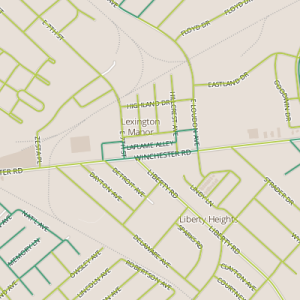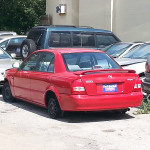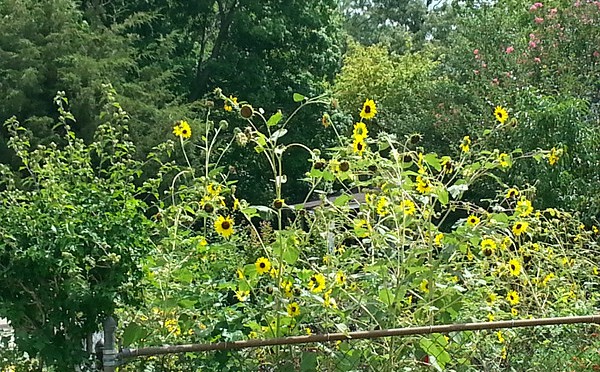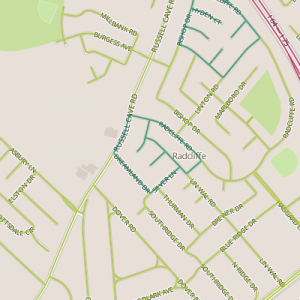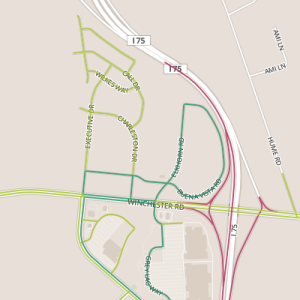 Imagine for a minute that you are outside, late at night, in a quiet and remote place, perhaps in the middle of the Great Plains. You can see a highway, maybe a quarter mile away, and maybe a few times per hour a truck drives by. Imagine how this truck sounds to you as it slowly approaches, passes, and drives away from you, a subdued, lonely roar mixed with road noise that sounds almost like a rainstorm. Now imagine this roar, except now a dozen times a minute and much closer and you can imagine the lonely cacophony of Buena Vista Road.
Imagine for a minute that you are outside, late at night, in a quiet and remote place, perhaps in the middle of the Great Plains. You can see a highway, maybe a quarter mile away, and maybe a few times per hour a truck drives by. Imagine how this truck sounds to you as it slowly approaches, passes, and drives away from you, a subdued, lonely roar mixed with road noise that sounds almost like a rainstorm. Now imagine this roar, except now a dozen times a minute and much closer and you can imagine the lonely cacophony of Buena Vista Road.
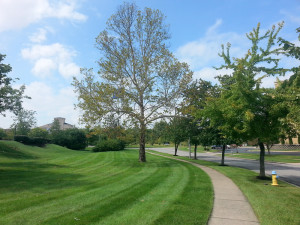
This area is quiet and a little lonely, but it is well-suited to its location near I-75. It is populated with a mix of car-centric businesses with motels being the dominant player, though gas stations and roadside restaurants are also mixed in. It’s a pleasant area with acceptable though not completely reliable sidewalks that do provide car-free accessibility between the hotels and restaurants. The long quiet stretches of Buena Vista and Elkhorn also provide parking areas for truckers. The areas seems to be doing pretty well. Two properties appear to have been razed at some point in the past (one of which was a motel), but one hotel recently completed a remodel and a new hotel is being built nearby. Generally, the area appears to have been built out in the 1980’s and seems to be getting a breath of fresh air from recent development across Winchester.
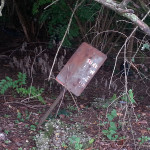
What works: mix of businesses that are interdependent.
What doesn’t: Might be saturated with motels; the next higher class of hotel property might create some synergy with restaurants across Winchester but on-foot accessibility isn’t as good.
